What we do
We trade and specialize in the following Minerals

Copper (Cu)
Copper is one of the few metals that can occur in nature in a directly usable metallic form. Various copper alloys have been formed, having a wide variety of uses. Brass is an alloy of copper and zinc. Bronze is a copper-tin alloy. Copper is one of the most important constituents of silver and karat gold solders used in the jewelry industry. Nickel, another alloy of copper is used in the manufacture of low denomination coins. Besides copper finds an application in wire and cables, electronics and related devices, electric motors, architecture and as a nutritional supplement to cure deficiencies.
Click title for description.
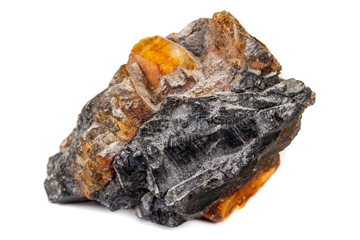
Columbite (Nb & Ta)
Columbite, also called niobite, niobite-tantalite and columbate is a black mineral group that is an ore of niobium. It is a soft, shiny, bluish-white metal. It is unaffected by water or alkalis but does react with warm air, and hot acids. Niobium is used in alloys, especially with steel. Like zirconium, it is not affected by neutron bombardment. Consequently, it is also used in nuclear reactor vessels. Niobium is alloyed with zirconium to make superconducting magnets. It also is used in jet and rocket engines.
Click title for description.
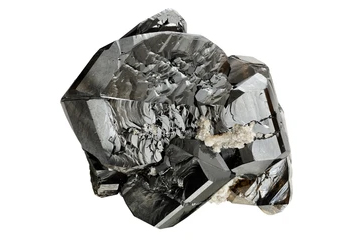
Tin (Tn)
The meaning of its name is unknown, but it is an Anglo-Saxon word. Bronze, an alloy of tin and copper, was a vital metal during the Bronze Age. Tin is a soft, pliable, silvery-white metal. It is stable in air and water but reactive to acids and bases.Tin is used as a coating for other metals and in alloys, such as solder, pewter and bronze. Tin compounds sprayed onto glass produce an electrically conductive coating. Window glass is made flat by floating molten glass on molten tin. Tin is also used in polymer additives, mordants for dyeing, and anti-fouling paints for ship’s hulls.
Click title for description.
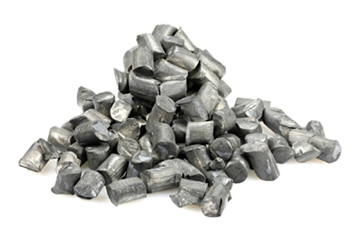
Lithium (L)
Lithium is a very soft, silvery-white metal. Like all of the alkali metals, it is quite reactive in the presence of water and oxygen. Lithium is the least reactive of the alkali metals, but it will smoke and sizzle if water is poured upon it. Lithium is the lightest metal, so light that a bar of it will float on water. Lithium is combined with aluminum and magnesium to make light-weight alloys. It is used as a reducing agent in making many organic compounds. It has a low melting point and the highest heat capacity of any element. Consequently, it is used as a coolant in some nuclear reactors. Lithium also is used in lubricating grease, industrial dryers and air-conditioners, batteries, glass, medicines and nuclear bombs.
Click title for description.

Lead (Pb)
Lead scores over other superior metals as it can be easily extracted from parent ores. By the virtue of its useful mechanical properties, including high density, low melting point, ductility, and relative inertness, it is widely used for industrial purposes. Lead’s high density and resistance to corrosion have been exploited in a number of related applications. It is used in scuba diving, as ballast in sailboat keels. Its corrosion resistant properties enable it to find an application in underwater cables. It has a wide relevance in the construction industry as it is used as an architectural metal in roofing material. When added with copper alloys, lead enhances its machinability and lubricating properties. Besides being used in bearings, it is also used as a shielding material in X-ray and nuclear science rooms. In addition to being the main application for lead metal, lead-acid batteries are also the main consumer of lead compounds
Click title for description.
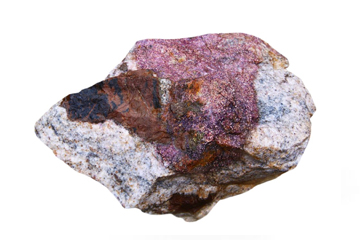
Beryllium (Be)
Beryllium is a soft, silvery-white, shiny metal. It is very light and has a high melting point, so it is desirable for use in metal alloys. It is used in alloys with nickel and copper as a light-weight structural material. Beryllium has a very high elasticity, consequently it is often used for gears and springs and other elastic devices. It is transparent to X-rays, so it often is used to make windows in X-ray tubes.
Click title for description.

Zinc
The meaning is unknown, but its origin is German. Zinc is a lustrous, bluish-white metal. It is brittle at room temperature, but becomes malleable when heated to 100 degrees Celsius. It is mildly reactive with air, acids and alkalis. Zinc is a very useful metal, and used to plate iron, and protect it from corrosion, in a process known as galvanization. Zinc also is used in many other alloys, such as brass and solder. An alloy of zinc and aluminum is nearly as strong as steel and as easy to mold as plastic. Compounds of zinc are used in batteries, tires, cement, paint, rubber, cosmetics, plastics, printing inks, soap, textiles, fluorescent lights, luminous dials, and TV screens. Calamine lotion contains zinc.
Click title for description.
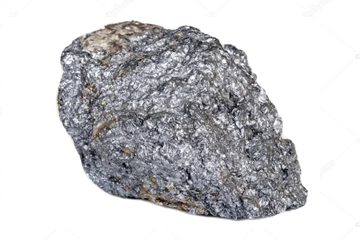
Nickel
Nickel is a silvery shiny, metallic element. It can be hammered into thin sheets, which means it is malleable. Iron, cobalt and nickel are the only three elements known to be ferromagnetic (the strongest type of magnetism) above room temperature. Of the three, nickel is the least magnetic. When all three ferromagnetic metals are alloyed together in combination with some additional elements, an unusually strong magnet, called an alnico magnet, is created. This alloy also conducts heat and electricity fairly well. Alnico magnets are the only magnets that have useful magnetism when heated red hot.
Click title for description.
